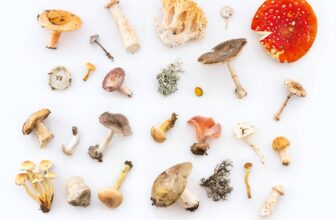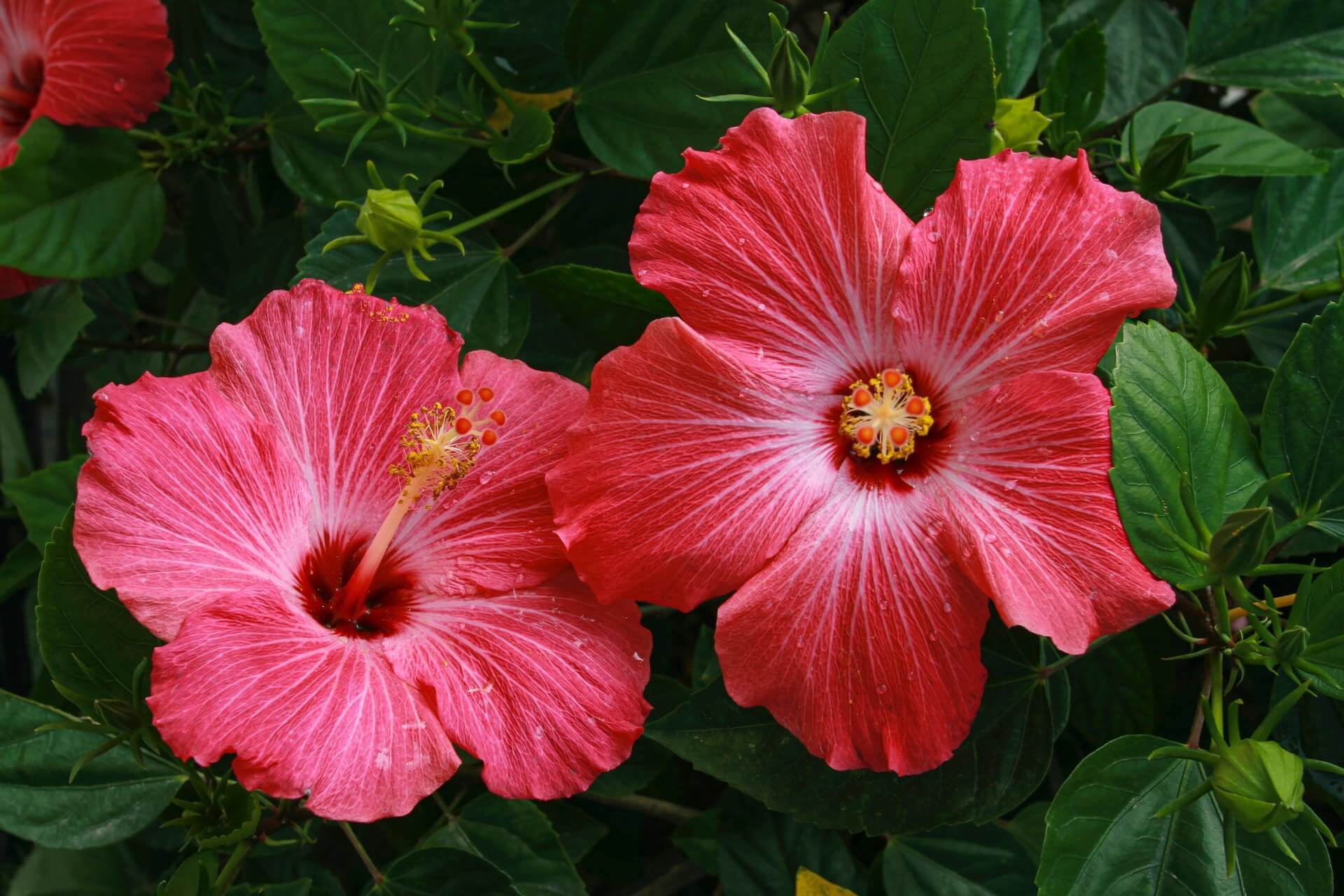
Table of Content
Tropical hibiscus is an easy plant to grow and a must-have in any garden because of its lovely blooms and the many benefits it offers.
If you’re considering growing these in your garden, we’ve got you covered. In this article, we’ve got everything you need to know on how to grow tropical hibiscus.
Popular Types of Tropical Hibiscus
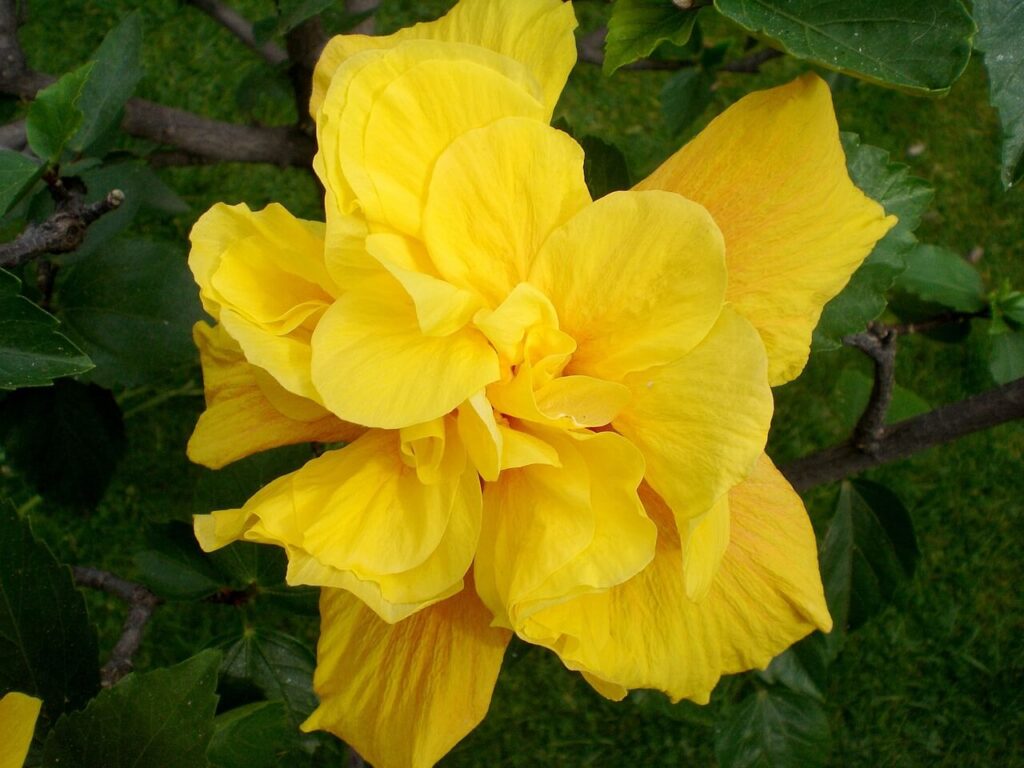
Tropical hibiscus is a type of flowering plant with vibrant and flashy blooms. It’s native to tropical and subtropical regions and comes in hundreds of varieties. However, the most commonly cultivated colors include red, white, yellow, pink, and orange.
When planted the right way and taken good care of, hibiscus plants can produce flowers daily, for a long period of time. However, these blooms only last for up to 24 hours. They open out with the sunrise and wilt at sunset. Tropical hibiscus plants are a favorite among many gardeners since they’re beautiful and don’t require much maintenance.
Here are some of the most popular varieties grown in gardens around the world:
- Chinese Hibiscus – Also known as the “double red hibiscus”, this plant produces large flowers with a vivid deep red color.
- Butterball Triple Yellow Hibiscus – These have beautiful, round flowers in a golden-yellow color.
- Checkered Hibiscus – This comes in several different colors such as red, pink, green, white, and burgundy. It blooms throughout the summer.
- Coral Hibiscus – Also named “Japanese Lantern”, this variety of hibiscus has unique coral-red flowers which hang down like lanterns.
- Poodle Hibiscus – This comes in yellow or orange to apricot colors. It produces large flowers with a protruding pedicle that ends with a frilly cluster of petals.
These are just a few of the many different types of hibiscus plants. If you’re interested in looking at more types, check out our article on types of hibiscus plants.
How to grow Tropical Hibiscus
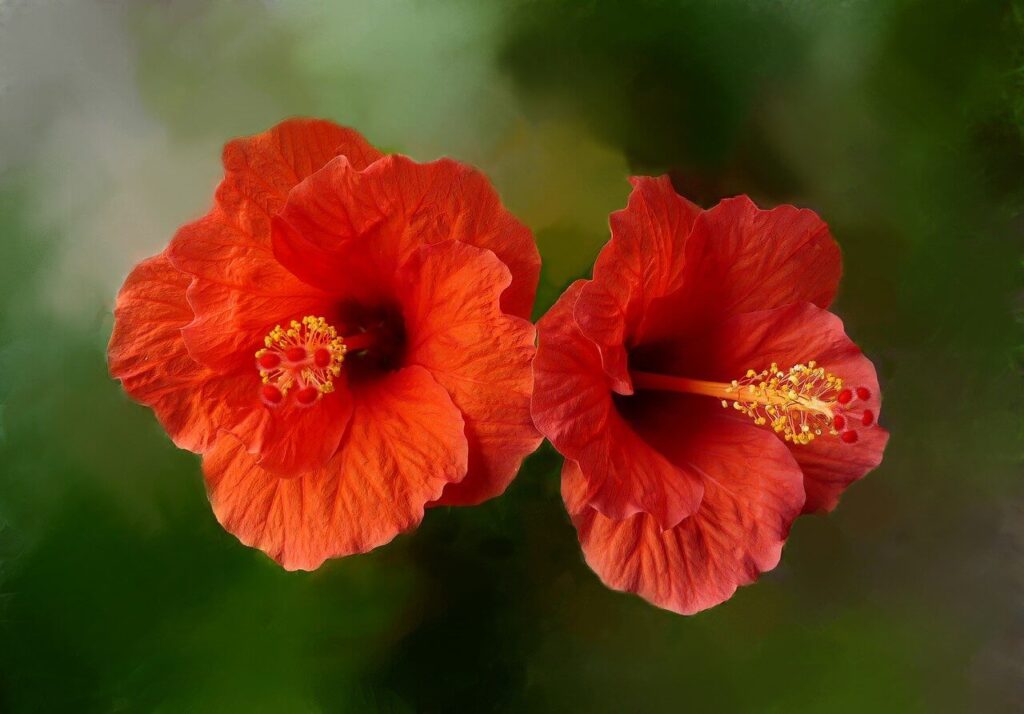
While tropical hibiscus is native to warm temperate territories, they can be successfully cultivated in cold areas with a little extra care. Due to its versatility, this plant can be used for outdoor gardening and landscaping by directly planting it on the ground or in pots.
Hibiscus plants can grow in the form of a tree or be shaped up as large shrubs. Here’s everything you need to know to grow your own hibiscus plants at home.
1. Planting and Potting
For outdoor landscaping, tropical hibiscus should be planted with an adequate margin of space between each plant. If they’re planted too close together, they will compete for space and light as they grow up. As a result, some plants will grow healthier than others.
If you’re growing your hibiscus in containers, use containers that aren’t too deep. If the pots are too deep, it will take too long to develop roots and this can result in the slow development of flowers. Wide, shallow pots are considered the ideal type of containers to plant tropical hibiscus.
2. Soil
Tropical hibiscus plants require moderately acidic and well-drained soil. If the soil is light and sandy or heavy like clay, should be improved before planting.
This can be done by adding organic compost to the soil or planting your flowers in a mounded garden bed. By doing so, you can adjust the specific features of the soil to the required level. It’s important to consider water drainage and moisture, which is crucial for plant growth.
3. Light, Temperature and Humidity
Tropical hibiscus typically thrives in full sun and in average temperatures of about 55-90 degrees Fahrenheit. However, they can wilt in temperatures over 90 degrees, so it’s better to move the plants to a partially shaded area or inside.
The same goes for the cold climate conditions. When the winter starts and the temperature drops below 32 F, the plants should be moved indoors. This is important since too much shade and temperature can affect blooming and excessive cold can kill your plants.
4. Water
Tropical hibiscus plants need watering daily during the summer, but in winter, you should only water them when the soil is dry and there’s no moisture at all.
If the top leaves are turning yellow and keep dropping to the ground, this means your hibiscus plants are not getting enough water. This will affect their growth and they can wither. On the other hand, if the yellow leaves appear in the bottom part of the plant, it means the plant is getting too much water. Overwatering can result in rotten roots and leaves.
5. Fertilizer
Tropical hibiscus plants need to be well fertilized to get the best results and need to be done according to the seasonal changes. For instance, it’s better to use a fertilizer with a high potassium level in the summer as it will help strengthen your plants, making them more resistant to dry weather, pests, and diseases. During winter, you don’t need to fertilize your plants.
If you’re using a liquid fertilizer, it should be added at least once a week. Slow-release can be added once a month for best results. If you’re using compost, make sure it has a high potassium level. This way your tropical hibiscus plants will flourish and bloom robustly and continuously.
6. Pests
Hibiscus plants typically tolerate infestations and diseases. However, they can attract various pests such as mealybugs, mites, aphids, thrips, and scale. These pests can be controlled by using native cultural remedies, chemical pesticides, or fertilizers.
If you notice that your plants are suffering from pest infestations, try trimming the infected leaves, buds, or stems. Then, spray water and a pesticide onto the affected areas.
Tropical hibiscus plants can be vulnerable to some types of foliage diseases. In this case, the most common symptoms to look out for are yellowish or blotchy, spotty leaves that appear in some areas or all over the plants. There could be several causative factors for this such as lack of nutrition, lack of water, too much water, chemicals, and pests.
Benefits of Tropical Hibiscus
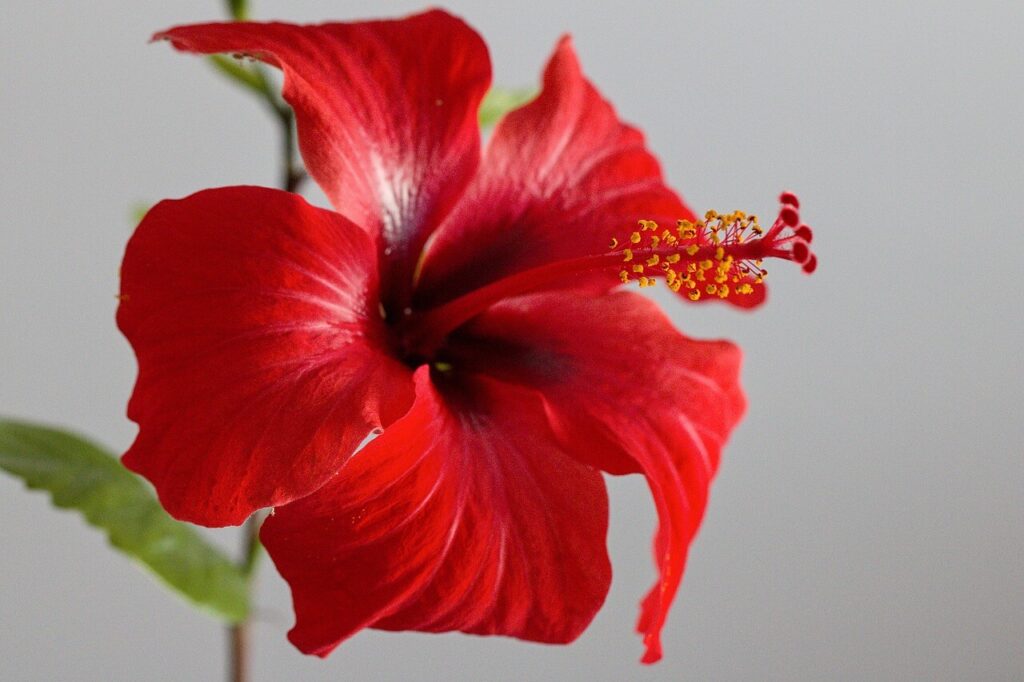
Topical hibiscus is mainly used as an ornamental plant to add versatility and colors to gardens. It can also be used for various other purposes including the following:
- Landscaping
Tropical hibiscus is often used in landscape designs. The flowers attract beneficial insects and birds such as bees, butterflies, and hummingbirds.
- Culinary Uses
Hibiscus flowers are used for making tea and cold beverages are made with the flowers of these plants. Due to their unique color and flavor, they’re gaining popularity around the world. It’s also said that these healthy beverages are enriched with vitamin C.
Tropical hibiscus flowers are also used to make and decorate various desserts and garnish certain types of food. In some countries such as the Philippines, some species of these plants are eaten as a vegetable.
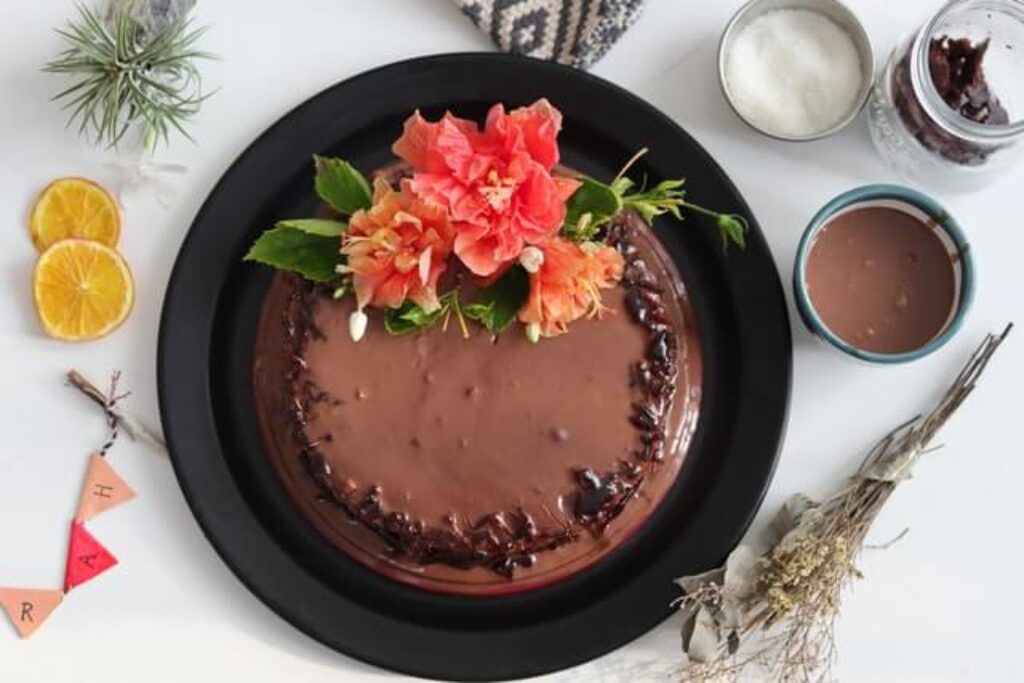
- Medicinal and Other Uses
Some species of tropical hibiscus are also considered herbs due to their medicinal qualities. For example, Chinese hibiscus is often dried and used in traditional Indian Ayurveda as a herb. Some types of hibiscus such as the Kenaf (Hibiscus cannabinus), are used to make paper.
The Take Away
Growing and caring for tropical hibiscus plants isn’t difficult at all and they’re useful to have in your garden. Now that you know everything there is to know about caring for tropical hibiscus plants, it’s time to go ahead and plant some of your own!




